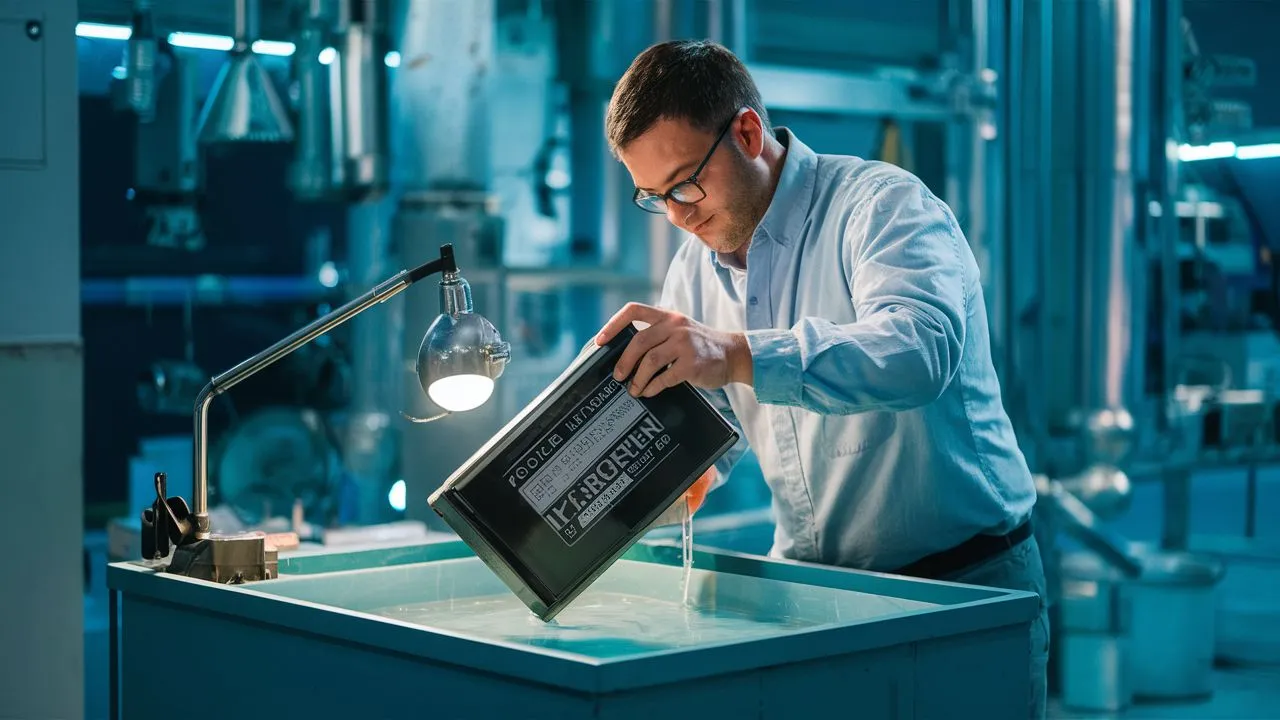This fast and efficient method cleanly recovers lithium from used batteries
Published by Cédric,
Article author: Cédric DEPOND
Source: Advanced Functional Materials
Other Languages: FR, DE, ES, PT
Article author: Cédric DEPOND
Source: Advanced Functional Materials
Other Languages: FR, DE, ES, PT
Follow us on Google News (click on ☆)

Researchers at Rice University, led by Pulickel Ajayan, have developed a groundbreaking method for extracting lithium from battery waste using microwaves and a biodegradable solvent. This technique allows for the recovery of up to 50% of lithium in just 30 seconds, a significant improvement over traditional processes. Advanced Functional Materials, the scientific journal that published this study, highlights that this innovation could transform lithium-ion battery recycling.
Traditional recycling methods often rely on harsh acids or eco-friendly solvents such as deep eutectic solvents (DES), which have proven costly and inefficient. These processes are also very energy-consuming, rarely recovering more than 5% of the lithium due to losses and contamination. To overcome these challenges, the Rice team opted for a DES composed of choline chloride and ethylene glycol, capable of surrounding lithium ions and extracting them into solution.
Salma Alhashim, a co-lead author of the study, explains that choline chloride, one of the components of the DES, efficiently absorbs microwaves, enabling the mixture to heat up rapidly. By submerging battery waste in this solvent and exposing it to microwaves, the researchers successfully extracted lithium selectively, separating it from other metals like cobalt or nickel.
The use of microwaves for this process is comparable to that of a household microwave oven, where energy is directly transferred to molecules, thus speeding up the reaction. This method achieves recovery rates similar to those obtained with conventional methods, but in only 15 minutes compared to 12 hours with an oil bath.
One of the main advantages of this approach is the stability of the solvent. Indeed, in an oil bath requiring extended processing time, the solvent begins to break down, whereas this issue is avoided thanks to the short heating cycles provided by microwaves. This advancement could significantly improve the economic and environmental impact of lithium-ion battery recycling, providing a sustainable solution to a growing global problem.